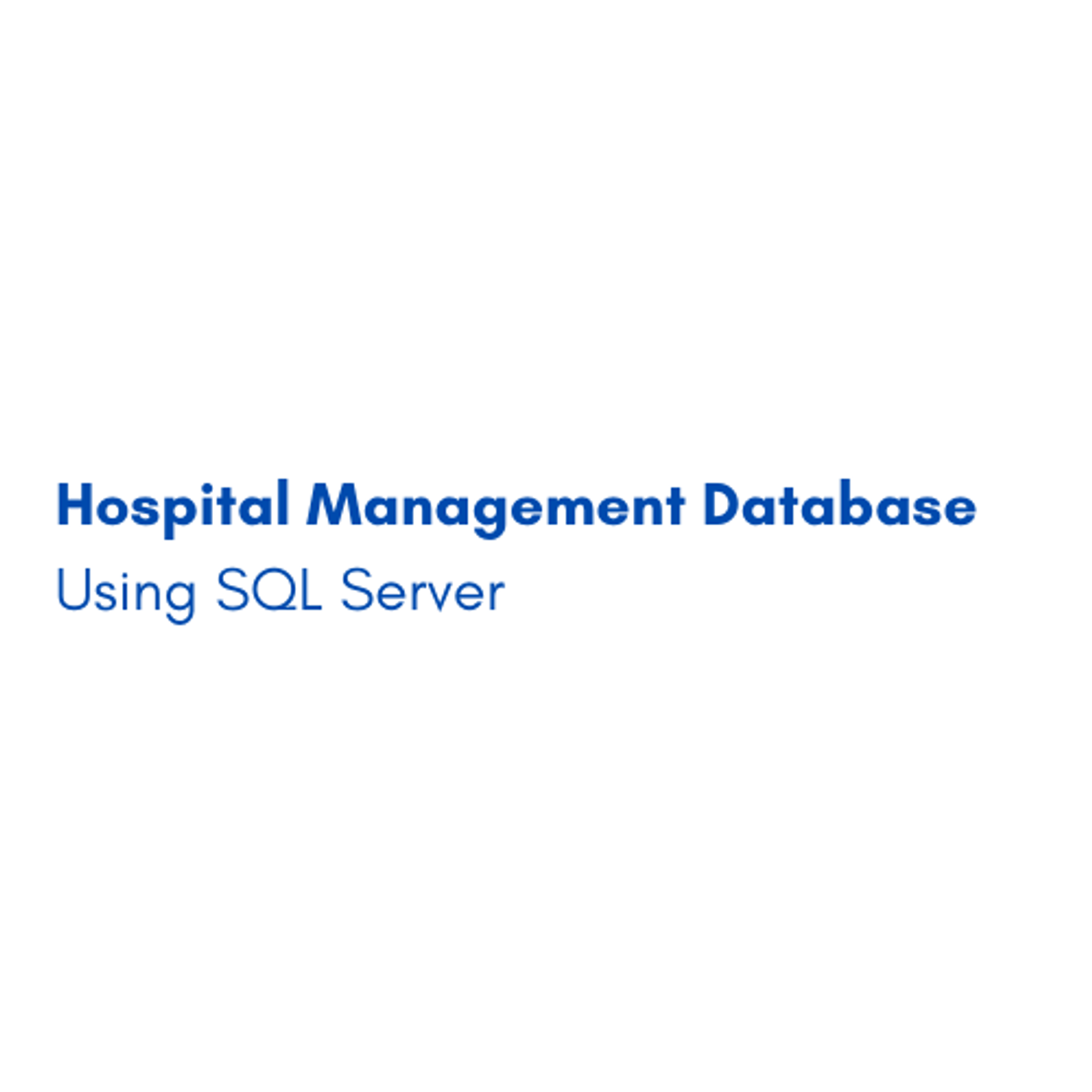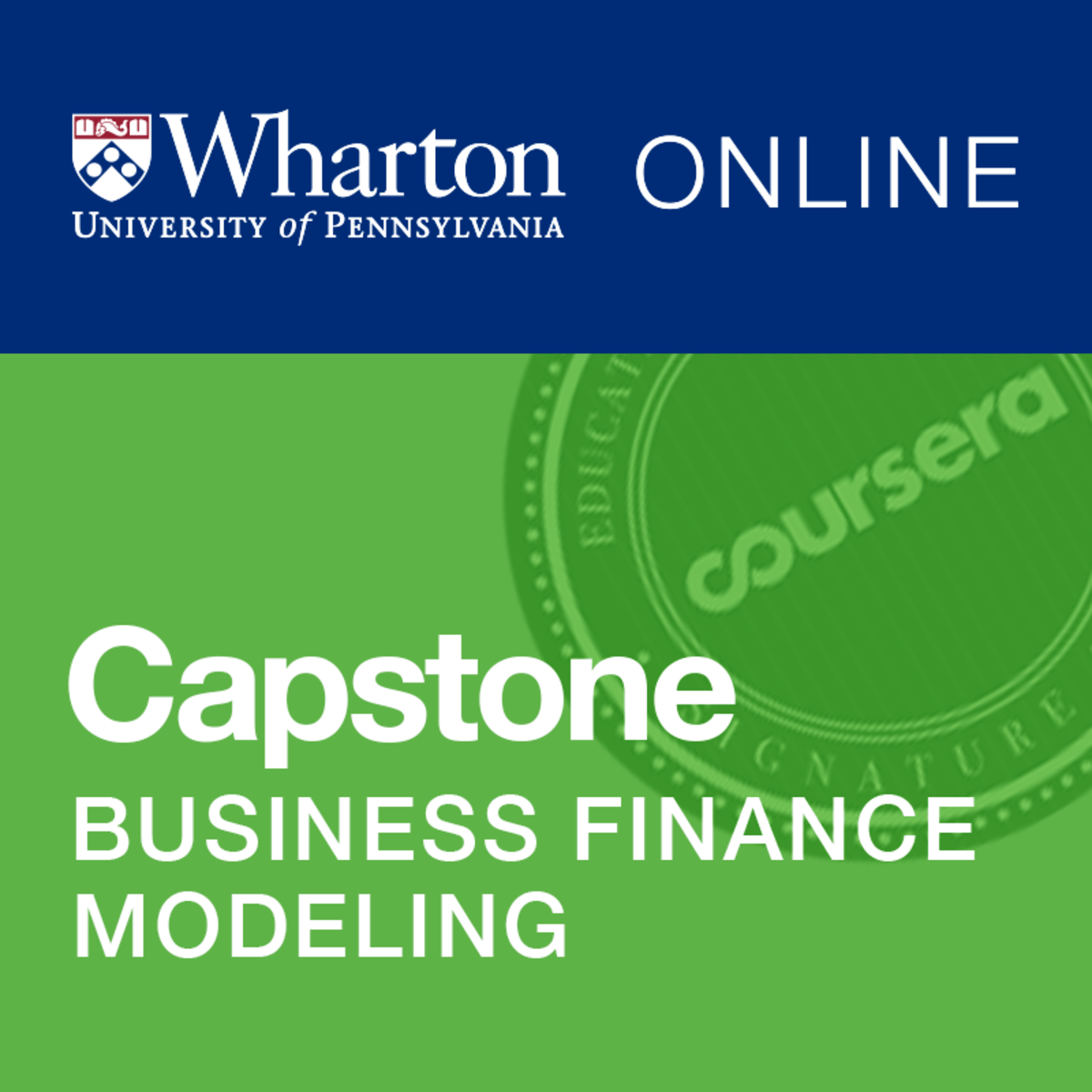Back to Courses









Data Analysis Courses - Page 88
Showing results 871-880 of 998

Machine Learning: Concepts and Applications
This course gives you a comprehensive introduction to both the theory and practice of machine learning. You will learn to use Python along with industry-standard libraries and tools, including Pandas, Scikit-learn, and Tensorflow, to ingest, explore, and prepare data for modeling and then train and evaluate models using a wide variety of techniques. Those techniques include linear regression with ordinary least squares, logistic regression, support vector machines, decision trees and ensembles, clustering, principal component analysis, hidden Markov models, and deep learning.
A key feature of this course is that you not only learn how to apply these techniques, you also learn the conceptual basis underlying them so that you understand how they work, why you are doing what you are doing, and what your results mean. The course also features real-world datasets, drawn primarily from the realm of public policy. It is based on an introductory machine learning course offered to graduate students at the University of Chicago and will serve as a strong foundation for deeper and more specialized study.
Data Analytics Foundations for Accountancy II
Welcome to Data Analytics Foundations for Accountancy II! I'm excited to have you in the class and look forward to your contributions to the learning community.
To begin, I recommend taking a few minutes to explore the course site. Review the material we’ll cover each week, and preview the assignments you’ll need to complete to pass the course. Click Discussions to see forums where you can discuss the course material with fellow students taking the class.
If you have questions about course content, please post them in the forums to get help from others in the course community. For technical problems with the Coursera platform, visit the Learner Help Center.
Good luck as you get started, and I hope you enjoy the course!

Mastering Data Analysis with Pandas: Learning Path Part 5
In this structured series of hands-on guided projects, we will master the fundamentals of data analysis and manipulation with Pandas and Python. Pandas is a super powerful, fast, flexible and easy to use open-source data analysis and manipulation tool. This guided project is the fifth of a series of multiple guided projects (learning path) that is designed for anyone who wants to master data analysis with pandas.
Note: This course works best for learners who are based in the North America region. We’re currently working on providing the same experience in other regions.

Determine Shortest Paths Between Routers Using Python
By the end of this project you will use the adjacency list data structure and other data structures to find the shortest distance between a set of routers loaded from a file.
The shortest path problem is well known in the field of computer science. An adjacency list is probably the best data structure to represent a set of connected vertices to find the shortest path from one vertex to another. One application for shortest paths is in mapping. Another common application for its use is in computer networking routing to find the shortest trip for a packet.
Note: This course works best for learners who are based in the North America region. We’re currently working on providing the same experience in other regions.

Hospital management database using SQL server
In this 1-hour long project-based course, you will be able to efficiently manage databases using SQL server. In this project, you will be able to work on different databases by using an existing database or creating your own database from scratch. Moreover, you will be able to create, alter and drop tables, identify the difference between Data Definition Language (DDL) and Data Manipulation Language (DML) and finally, insert, update and delete rows in the database.
Along the way, you will be applying and practicing the basic features of the database and SQL commands, as well as using DDL, DML, Query statement, Functions, Ordering, Comparison, and Logical condition to use in your work as a software engineer or web developer.
Note: This course works best for learners who are based in the North America region. We’re currently working on providing the same experience in other regions.

Introduction to Data Analytics for Accounting Professionals
This course covers the foundations of data analytics and how to conduct and apply this to projects in your organization. This includes the following:
- What does it mean to have a data-driven mindset? Having the right mindset will allow you to understand the problem that needs to be solved and make or recommend appropriate data-driven decisions in the context of the organization’s strategy and technologies.
- What are the key considerations when identifying, establishing, and implementing a data analytics project? This course introduces and discusses important concepts and considerations, so you are ready to be effective no matter how your organization or industry changes. This includes everything from framing the problem and defining the scope, to understanding organizational requirements and gaps, to effectively working with key stakeholders.
- What is the required technical knowledge you need so that you can understand data? Whether the data you’re looking at is financial or non-financial data, structured or unstructured, you need to understand the language of data analytics so that you can communicate effectively with colleagues and add value when using data analytics in your organization.
By completing this course, you will be in a better position to ask the right questions, add greater value, and improve the quality of services to your stakeholders.

Statistical Thinking for Industrial Problem Solving, presented by JMP
Statistical Thinking for Industrial Problem Solving is an applied statistics course for scientists and engineers offered by JMP, a division of SAS. By completing this course, students will understand the importance of statistical thinking, and will be able to use data and basic statistical methods to solve many real-world problems. Students completing this course will be able to:
• Explain the importance of statistical thinking in solving problems
• Describe the importance of data, and the steps needed to compile and prepare data for analysis
• Compare core methods for summarizing, exploring and analyzing data, and describe when to apply these methods
• Recognize the importance of statistically designed experiments in understanding cause and effect

Wharton Business and Financial Modeling Capstone
In this Capstone you will recommend a business strategy based on a data model you’ve constructed. Using a data set designed by Wharton Research Data Services (WRDS), you will implement quantitative models in spreadsheets to identify the best opportunities for success and minimizing risk. Using your newly acquired decision-making skills, you will structure a decision and present this course of action in a professional quality PowerPoint presentation which includes both data and data analysis from your quantitative models.
Wharton Research Data Services (WRDS) is the leading data research platform and business intelligence tool for over 30,000 corporate, academic, government and nonprofit clients in 33 countries. WRDS provides the user with one location to access over 200 terabytes of data across multiple disciplines including Accounting, Banking, Economics, ESG, Finance, Insurance, Marketing, and Statistics.

Sales Reporting with HubSpot
In this course, you will use your business data and identify key metrics in order to report on sales with HubSpot’s dashboards. First, you will learn how to operate a data-driven business and how to audit, clean, and organize your data within HubSpot’s CRM. You will then learn to identify the key metrics used to analyze your data on sales and customer service success, within the stages of the Inbound Methodology. This will cover types of testing, using the Sales Hub tools, and reporting in each stage of the methodology. Next, you will walk through the steps to create a visually compelling custom report in HubSpot’s dashboards, including learning the best practices for data visualization. Finally, the course will culminate in a project that asks you to apply your skills in reporting data on the dashboard.
By the end of this course you will be able to:
• Set data-driven goals for a business
• Clean and organize your data in HubSpot
• Create custom contact properties in HubSpot
• Identify ways in which data can help improve the attraction of customers
• Identify key metrics for sales effectiveness analysis
• Analyze sales content
• Explain the importance and the steps involved in forecasting using sales hub
• Identify key customer service success metrics
• Evaluate customer service success
• Create a custom report in HubSpot
• Describe data visualization best practices
• Create a visually compelling dashboard in HubSpot
• Demonstrate the use of data in reporting and dashboards
Regardless of your current experience, this course will instruct you on how to create a data-driven business and report on your sales efforts within the HubSpot dashboard. This course is intended for anyone interested in jumpstarting their career in sales - whether you’re changing careers and looking for an entry-level role, or want to hone your skills in your current role as a sales representative. It does not require any background knowledge or experience to get started.
Throughout the course, you will complete exercises that ask you to apply the skills you have learned in a practical way, such as creating a custom contact property, reporting on each stage in customer relationship, and creating a visually compelling dashboard in HubSpot. You will compile your work and submit it as a project at the end of the course.

Cloud Computing Basics (Cloud 101)
Welcome to Cloud Computing Basics (Cloud 101).
Over the next few weeks, we will discuss the basics of Cloud computing: what it is, what it supports, and how it is delivered. We will delve into storage services, Cloud economics, levels of managed infrastructure, and Azure services. We will also explore different deployment models of Cloud computing, as well as several hosting scenarios. Last but not least, we will compare some of the cloud platforms and discuss the future of cloud computing.
Popular Internships and Jobs by Categories
Browse
© 2024 BoostGrad | All rights reserved


